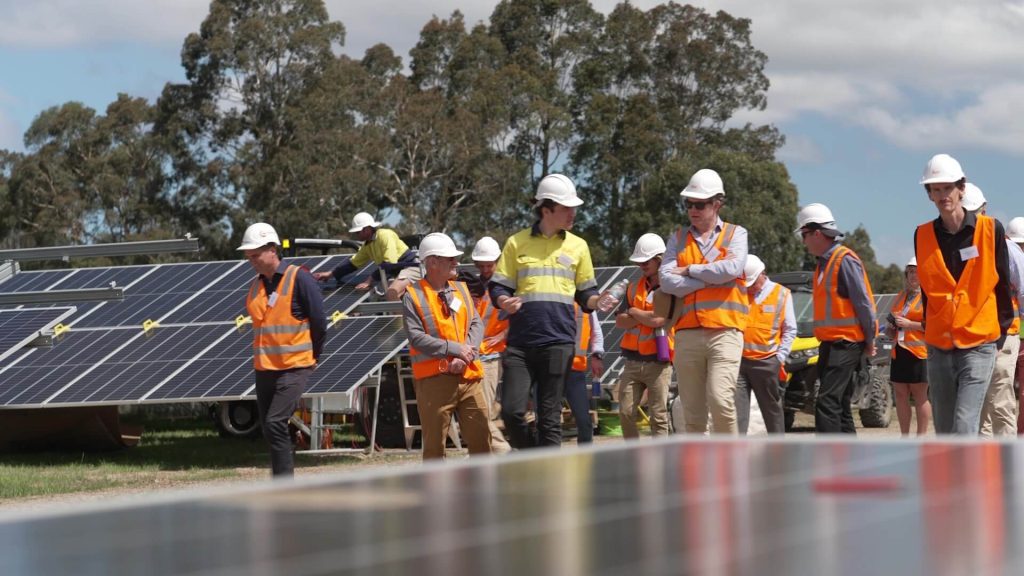
Labour Hire
Workforce Dynamics within the Renewable Energy Sector
The Pitfalls of Mismanaging Workforce Dynamics on a Solar Farm Construction Site As the global push for renewable energy accelerates, solar farms are becoming…

The Pitfalls of Mismanaging Workforce Dynamics on a Solar Farm Construction Site As the global push for renewable energy accelerates, solar farms are becoming…
